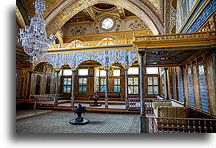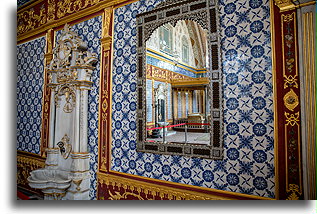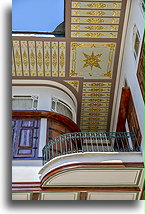Mehmed II, who conquered the Balkans and laid the foundations for a strong Ottoman Empire, ordered the construction of the Topkapı Palace a few years after the conquest of Constantinople (Istanbul). Almost 30 sultans ruled from this place for almost four centuries.
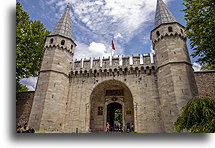
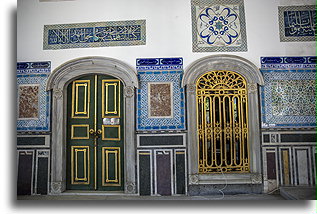
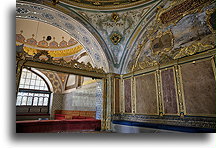
Palace architects often drew inspiration from the architecture outside Turkey. You can find here European baroque decorations and architectural elements of Persia and India. Gate of Salutation resembles medieval European fortresses with towers and walls. One of the gold-plated thrones is in the Indian style. Many Persian influences can be found around the palace.
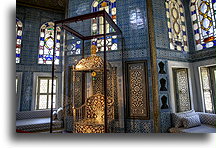
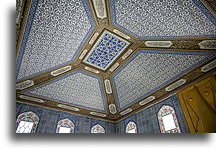
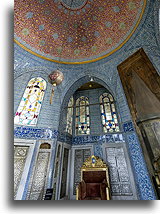
The Imperial Harem was an important part of the palace where female members of the sultan's family lived. There were hundreds of rooms in the complex, all parts of the harem were connected by corridors and courtyards. The entrance lead through the courtyard of the black eunuchs who were the keepers of the harem. These boys were purchased at slave markets in the conquered lands and castrated before puberty.
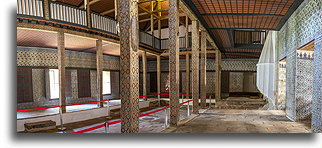
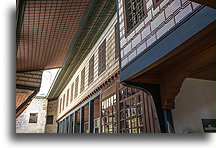
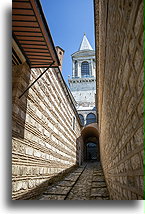
The harem is a maze of passages and courtyards. The Queen Mother was the central person in the harem and had a significant influence over the sultan. The sultan's apartments were connected to the Queen Mother's apartments through a marble Turkish bath, a hammam.
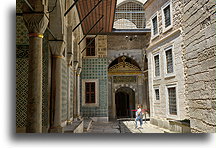
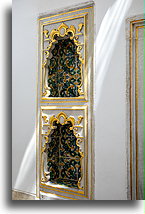
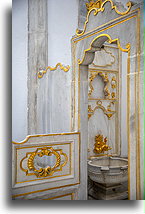
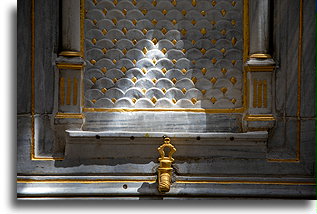
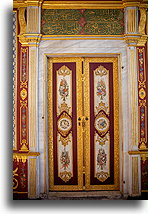
Harem had living quarters for female servants, favorites, sultan’s wives and his concubines. Over 300 of them lived there. Many of these women came here as a gift to the sultan or purchased from slave markets when they were young girls. They received a good education here to become the concubine of the sultan. When the girl managed to be chosen as a concubine, it was a great opportunity for her. However, when she was unsuccessful, she became a wife of one of the servants. As a concubine, the young woman was able to rise up in the harem hierarchy and live in her own room. If she bore a child to the sultan and the child was a man who ascended the throne, the concubine would then assume the most powerful position in the harem as a Queen Mother.
